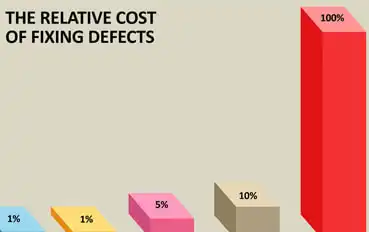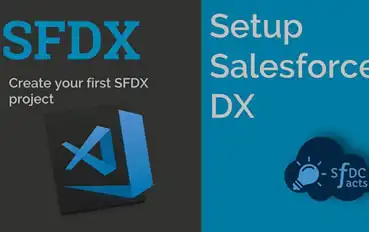Here are 10 Salesforce testing tips to optimize your DevOps pipeline:

RELATED BLOG POSTS
Setting Up and Using CodeScan Effectively
Running CodeScan on your Salesforce Org is a great first step towards quality code, but maintaining that quality is a Read more
Estimating ROI with CodeScan
Every Software Development Professional knows the following fact: the later bugs are found, the more expensive they are to fix. Read more
SFDX Tutorial | Setting Up CodeScan
Salesforce DX is a new focus on source-driven, collaborative development. The Salesforce CLI (Command Line Interface) easily integrates into your Read more
CodeScan and Visual Studio Team Services
Visual Studio Continuous IntegrationVisual Studio Team Services (VSTS) is a quick and powerful tool to set up continuous integration and Read more

 Incorporating a proper Salesforce testing strategy reduces errors, supports data security, and streamlines DevOps processes.
Incorporating a proper Salesforce testing strategy reduces errors, supports data security, and streamlines DevOps processes.
 Errors in the DevOps pipeline tend to snowball. What can initially seem an innocuous error can become entangled in more and more lines of code as the project progresses through more stages. And if you don’t find and address these small errors before they are fully enmeshed within the application or update, it’s going to take a long time—and more money—to fix them.
Errors in the DevOps pipeline tend to snowball. What can initially seem an innocuous error can become entangled in more and more lines of code as the project progresses through more stages. And if you don’t find and address these small errors before they are fully enmeshed within the application or update, it’s going to take a long time—and more money—to fix them.
 Those in regulated industries like financial and medical organizations need to consider data security regulations with everything they do. Testing DevOps projects and verifying proper structures within your environment all need to be done with an eye on compliance. Failing to do so could result in costly fines and penalties as well as loss of consumer trust.
Those in regulated industries like financial and medical organizations need to consider data security regulations with everything they do. Testing DevOps projects and verifying proper structures within your environment all need to be done with an eye on compliance. Failing to do so could result in costly fines and penalties as well as loss of consumer trust.


